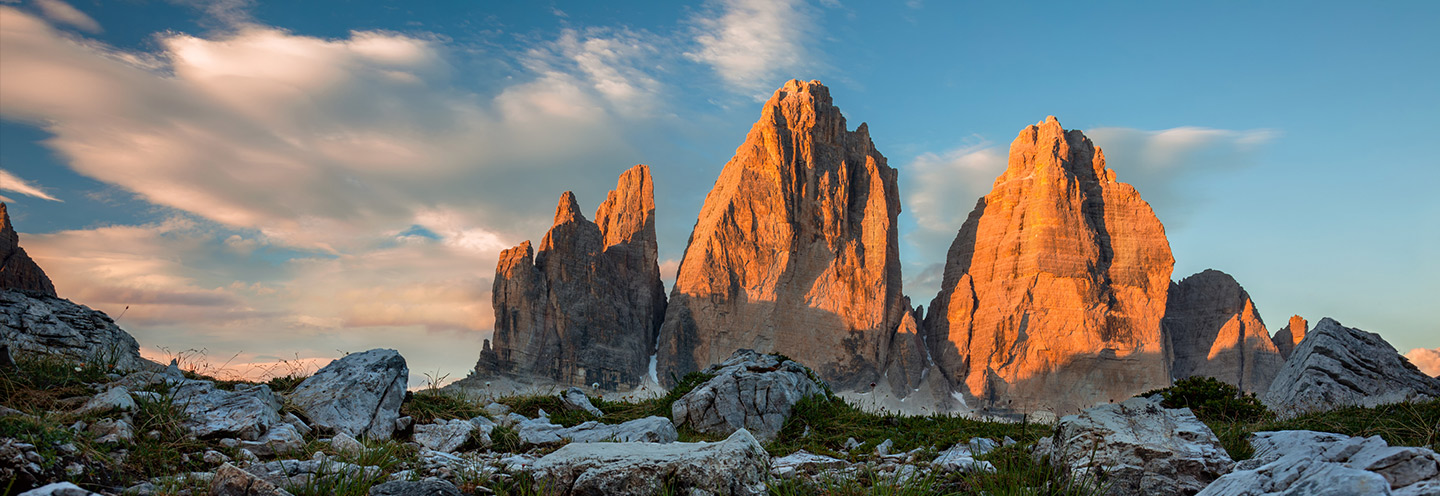Professionals in the defense and security industries are well aware of the growing drone market. Drones are commonly used for military reconnaissance and civil defense. However, what about professional-grade civil drones? The market is booming, but as it has not yet reached maturity, it is difficult to measure. The most widely-accepted forecasts indicate that by 2022 this high-potential market could be worth $15 billion and demand is only expected to grow.
So, what does the drone market look like today? And how is thermal imaging making inroads into this market?
What is a drone?
Video footage and photos taken by hobby drones are now commonplace, so most people basically know what a drone is. However, professional-grade civil drones do have slightly different specifications:
- Maximum weight: 25 kg
- Maximum altitude in flight: 150 meters (in France)
- Battery life in flight: around 2 hours
- Operating range: around 3 km
A booming market
New uses
Drones equipped with thermal cameras are here, and they are currently used for things like measuring heat loss or pinpointing sources of heat in a variety of situations. This is known as “aerial thermography” and is mainly used to find out where something is not working correctly.
- Farming (forecasted growth of 36% by 2022): Drones will contribute to precision farming, improving crop yields and making irrigation more efficient.
- Construction and civil engineering (forecasted growth of 103% by 2022): Drones will be used to inspect infrastructure and tall buildings and perform energy audits.
- Civil defense and firefighting (forecasted growth of 110% by 2022): Drones will be able to fly over rough terrain that can be difficult to access on the ground, monitor hotspots preventively or after a fire is put out, and assist with emergency response operations.
- Transportation (forecasted growth of 81% by 2022): Drones will be used to provide regular monitoring of power lines and other electrical equipment on transportation networks.
- Solar power plants: Drones will be able to rapidly identify bypassed cells, faulty connections, and defective solar panels by their unique heat signatures.
- Industry: Drones will be able to fly over large facilities and equipment to detect gas leaks or preventively detect hotspots; growth in the Oil & Gas industry is forecasted at 126%.

New advances in technology
The primary use of civil drones is to provide live video footage and still images using regular cameras. Thermal imaging is a useful addition to a drone, as it can expand the drone’s usage to the situations discussed above. Visible light and thermal imaging combined with a drone’s ability to go anywhere make for a great tool for fast, comprehensive thermal diagnostics.
The viewpoint chosen for a thermal measurement can be identified immediately, and can be used to rapidly and accurately determine the area to be covered and pinpoint any anomalies (heat losses, faulty insulation, or abnormally high energy consumption, for example), which will be clearly visible in the thermal image. Unlike other methods, thermal measurements are non-intrusive and do not impact operation of the facility being inspected. Finally, thermal cameras deliver extremely detailed images across a wide range of temperatures.
New savings for users
As the way people work changes, with different tasks completed by staff on the ground, by helicopter, or using satellite images, for example, drones will save both time and money. Drones can complete a thermography mission in half the time people on the ground can. Drones can also generate productivity gains of 80% (in man-days) for cartography and topography applications. Drones equipped with high-resolution cameras can rapidly cover heat and other networks rapidly and cost-effectively, providing high-quality information.
An evolving regulatory environment
One current stumbling block to the wider-spread use of civil drones is the regulatory environment. There is a lot of red tape and the rules vary from one country to another. France and the United States, two of the most promising markets for civil drones, still have fairly limited regulations:
- All flights must be filed with the relevant authorities prior to the flight
- Drone users must possess an unmanned aircraft pilot’s license
- Night flights are prohibited (unless special authorization is obtained)
The civil drone market is growing rapidly, and appropriate regulations will provide additional traction. In particular, integrating drones into air traffic control systems, removing altitude limits, and streamlining reporting and licensing requirements will all support growth. Investment in R&D in this high-tech industry will also promote growth.
The last word? The opportunities for thermal imaging on the growing drone market will only continue to expand! To learn more, download our infographic.












